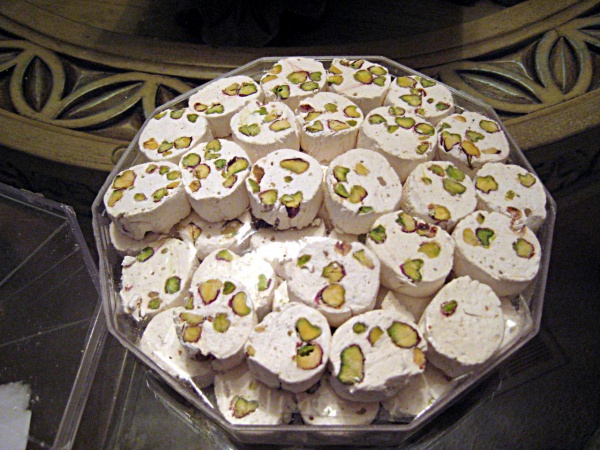Facts About Gaz
Gaz, also known as Persian Nougat, originates from Isfahan, Iran, and has gained popularity in both America and Europe. The name "Gaz" derives from "gaz-angebin" which translates to 'Honey of Gaz.' This term is associated with a type of Tamarisk tree found in the Zagros mountain range near Isfahan. The history of Gaz dates back over 450 years. It was traditionally made by combining the sap of the Tamarisk tree with ingredients like flour, bread, pistachios, almonds, and even chocolate. Interestingly, the sap is not directly from the tree but is actually honeydew produced by a small insect called a psyllid.
Historically, Gaz was harvested in late summer, just before the autumn rains. It is often associated with "manna" the miraculous food mentioned in religious texts. Nowadays, the traditional psyllid manna is sometimes substituted with more readily available ingredients like sugar and corn syrup. Gaz comes in various shapes, usually round or rectangular, and boasts a range of flavors from rose and nutty to savory, depending on additions like saffron or nuts.
Gaz is especially popular during Nowruz, the Persian New Year. It is a festive treat served to guests alongside sherbet or tea. This delicacy is not just a snack but a cherished gift during the holidays, ensuring that households are well-stocked to welcome visitors with something sweet.

 Azerbaijan
Azerbaijan